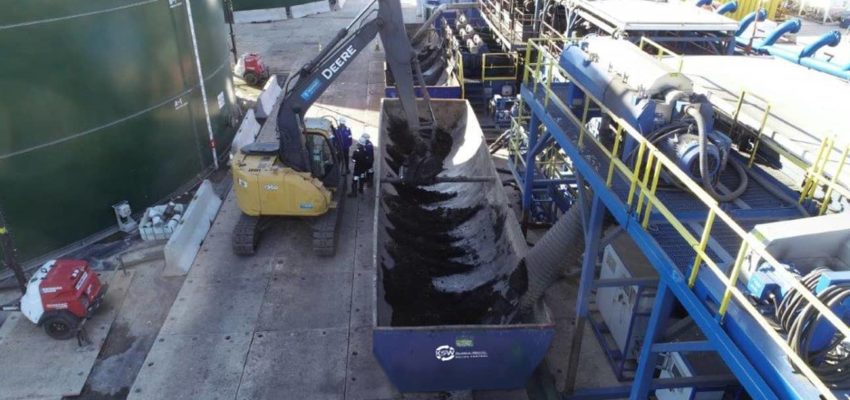What is drilling fluid “Particle Size Analysis” and how KSW can help improve your drilling performance?
Understanding and appreciating the impact of particle size of low gravity solids in your drilling fluid is essential to maintaining the highest possible drilling fluid performance. To understand PSA, we must understand what PSA is and how overabundance of micro-colloidal particles impacts the drilling fluid.
PSAs are attained by various microscopy tests performed on a given drilling fluid to analyze the average size of particles in the fluid. Those sizes are measured in “microns”. To give some context to micron size, the smallest particle size you can see with the naked eye is approximately 55-60 microns. What we want to understand with PSA’s is micro-colloidal solids, or solids with approximate sizes of 6 microns or less. An abundance of micro-colloidal solids in a given drilling fluid can wreak havoc on drilling fluid rheologies. Drilling fluid rheology is a measurement of the flow behaviors of the fluid using models such as the Bingham Plastic, Power Law, the Heshel-Buckley and the Casson models respectively. These are measured by viscosity, plastic viscosity, yield point, gel strengths, n and k values, flow regime, and 10s, 10m and 30m readings. In short, rheologies explain the resistance to flow of a given fluid, similar to the electrical measurement in Ohms. The higher the rheological properties, the higher resistance to flow; the lower the rheological properties, the lower the resistance to flow. The goal of most drilling fluids in highly deviated well bores, i.e. 80 degrees or more in inclination, is to have the lowest resistance to flow, while being rheologically stable enough to suspend the necessary mud weight to keep the fluid overbalanced.
The main objective of solids control is to control rheological properties of a drilling fluid within the design parameters, by removing damaging drilled solids from the drilling fluid. In the context of particle size, the goal is to remove particles while they are larger in size to avoid solids degradation that can result in a spike in rheologies. Solid’s degradation occurs after the drill bit creates the cutting. The cutting size at the moment of creation begins to degrade through mechanical impacting with the wellbore and drill pipe. The degradation of cuttings, or drilled solids, can damage rheologies by action of surface area increase with the decrease of a given cutting in size. If you split a rock in half, you have increased the surface area of the rock, while not increasing the literal volume of the rock. This process runs out to the nth degree creating the micro-colloidal solids problem. A cutting is broken off the formation at a size of 500-7000 microns, and when it reaches the surface solids removal equipment, it could be degraded by as much as 98% depending on the brittleness of the producing formation. This is the solids control problem.
Keeping in mind how easily a solid can be degraded, the passing of solids through centrifuges, in and of themselves, causes some solids degradation. All is not lost. Using tools such as dilution fluid injection prior to entering a centrifuge will increase settling velocity. This creates a more favorable condition for a solid to be removed immediately and with minimal degradation.
This is where theoretical disagreements among solids control professionals become most contentious. The data shows that multiple polishing passes of oil and synthetic based “high solids” muds on the same fluid through a centrifuge yields marginally less solids, but exponentially more micro-colloidal solids. That statement is the contention. Some still believe, despite the data, that multiple polishing passes on the same fluid create the best effluent. This could not be further from the truth. Some believe the idea of multiple passes due to PSA analysis. After multiple passes, the PSA shows that 95% of all solids are less than 6 microns in size. Of course, they are less than 6 microns in size, they have been run through a machine yielding more that 3,000 G’s multiple times. The effectiveness of a centrifuge to remove solids at a give G-force and a given feed rate with a given fluid is 98-99% effective after a single pass. Multiple passes create the problem of poor PSA’s, not solve them.
At KSW Solids Control we stay apprised of cutting-edge science in our industry. Our goal is to provide our customers with superior service. We understand potential problems with the greatest technical acumen. Through years of experience, high quality and well-maintained equipment and the best field technicians in the business, we are equipped to solve all solids control related issues.




